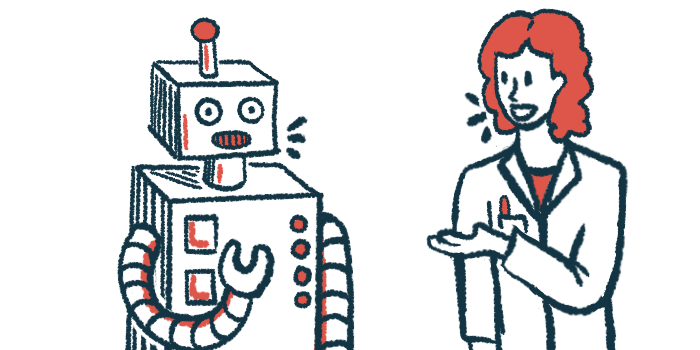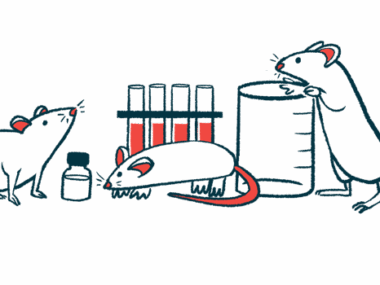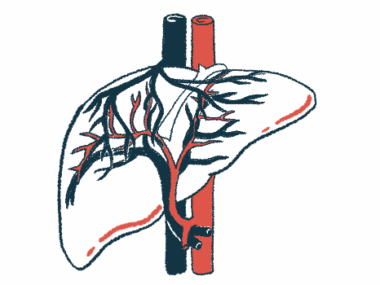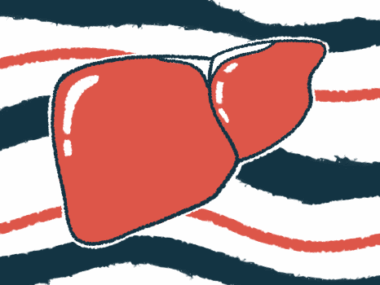Robotic-assisted Kasai liver surgery may help biliary atresia outcomes
New procedure yields faster bowel function recovery, better jaundice clearance
Written by |

A robotic-assisted Kasai surgical procedure results in less blood loss, faster bowel function recovery, and greater rates of clearing jaundice at three and six months in infants with type 3 biliary atresia relative to standard open Kasai surgery, a study shows.
“Robotic-assisted Kasai surgery offers advantages in short-term outcomes and the clearance of jaundice in patients with type [3 biliary atresia],” and “could be regarded as an alternative treatment,” the researchers wrote. Jaundice, that is, a yellowing of the skin and whites of the eyes, is a common symptom of biliary atresia.
The study, “Comparison between robotic-assisted Kasai portoenterostomy and open Kasai portoenterostomy in patients with biliary atresia,” was published in Surgical Endoscopy.
Biliary atresia is a serious infantile liver disorder where the tubes, or bile ducts that carry the digestive fluid bile from the liver to the intestines are either blocked or absent. The most common form, type 3, affects all bile ducts outside the liver. Without proper flow, bile builds up in the liver, causing damage and leakage into the bloodstream, which leads to symptoms like pale stools, dark urine, and jaundice.
The first-line treatment of biliary atresia is Kasai portoenterostomy, a surgical procedure that involves creating a new tube to carry bile into the intestines. The procedure is classically performed as an open surgery, meaning a large incision in the skin is made to access the liver.
In 2002, researchers tried a minimally invasive approach, wherein a thin, lighted tube with a camera, called a laparoscope, is inserted through a small incision in the abdomen. This methods’ outcomes were controversial, however, due to the limited flexibility of laparoscopic instruments.
Comparing traditional and robotic-assisted Kasai procedures
The advent of surgical robots has mitigated the drawbacks associated with laparoscopic Kasai portoenterostomy, but no comparison had been made between robotic-assisted and open Kasai surgery. Here, researchers at the Huazhong University of Science and Technology in China retrospectively analyzed data from 41 girls and 33 boys with biliary atresia who had either procedure at their center from January 2018 to December 2022. The 74 children underwent the procedure at about 2 months of age and there were no significant differences between the groups in terms of sex, age, and pre-surgery biochemical markers.
“All patients underwent a smooth operation, and there were no intraoperative complications,” the researchers wrote.
Both groups followed the same postoperative regimen, which included antibiotics, immunosuppressive steroids, and ursodeoxycholic acid (UDCA), a nontoxic bile acid that facilitates bile flow through the liver. For about two years after the surgery, all the patients had regular physical exams, liver function tests, and abdominal scans.
Robotic-assisted Kasai surgery took significantly longer than open surgery (mean, 3.6 vs. 2.9 hours), data showed, but there was significantly less blood loss with the robot approach (mean, 8.65 vs. 17.55 mL).
Healthy bowel sounds, which indicate a normal movement of fluid and air in the digestive tract, returned faster with robotic-assisted surgery than with open surgery (mean of nearly one vs. three days). Regardless of the type of surgery, all the children had bile-stained stools within three days, indicating restored bile flow.
Significantly more children in the robotic-assisted group showed jaundice clearance than those in the open surgery group at three months (69.44% vs. 60.53%) and six months (75% vs. 68.42%) after surgery.
During follow-up, the proportion of children showing bile duct inflammation, called cholangitis, was similar between the robotic-assisted and open surgery groups (50% vs. 52.63%), along with the proportion of those showing working livers after surgery (66.67% vs 63.16%).
“This study suggests that [robotic-assisted Kasai portoenterostomy] is associated with minimally invasive advantages and a high jaundice clearance rate,” as well as a rate of working livers after surgery that “is not inferior to that of [open surgery],” the researchers wrote.
The findings suggest both approaches may prevent further liver damage and the need for a liver transplant within two years.
The study had limitations, such as the small sample size, the short follow-up period, and the high cost of robotic surgery, which may have influenced features of included cases, said the researchers, who called for a “large-scale prospective comparative study with a more extended follow-up period” to validate their results.







